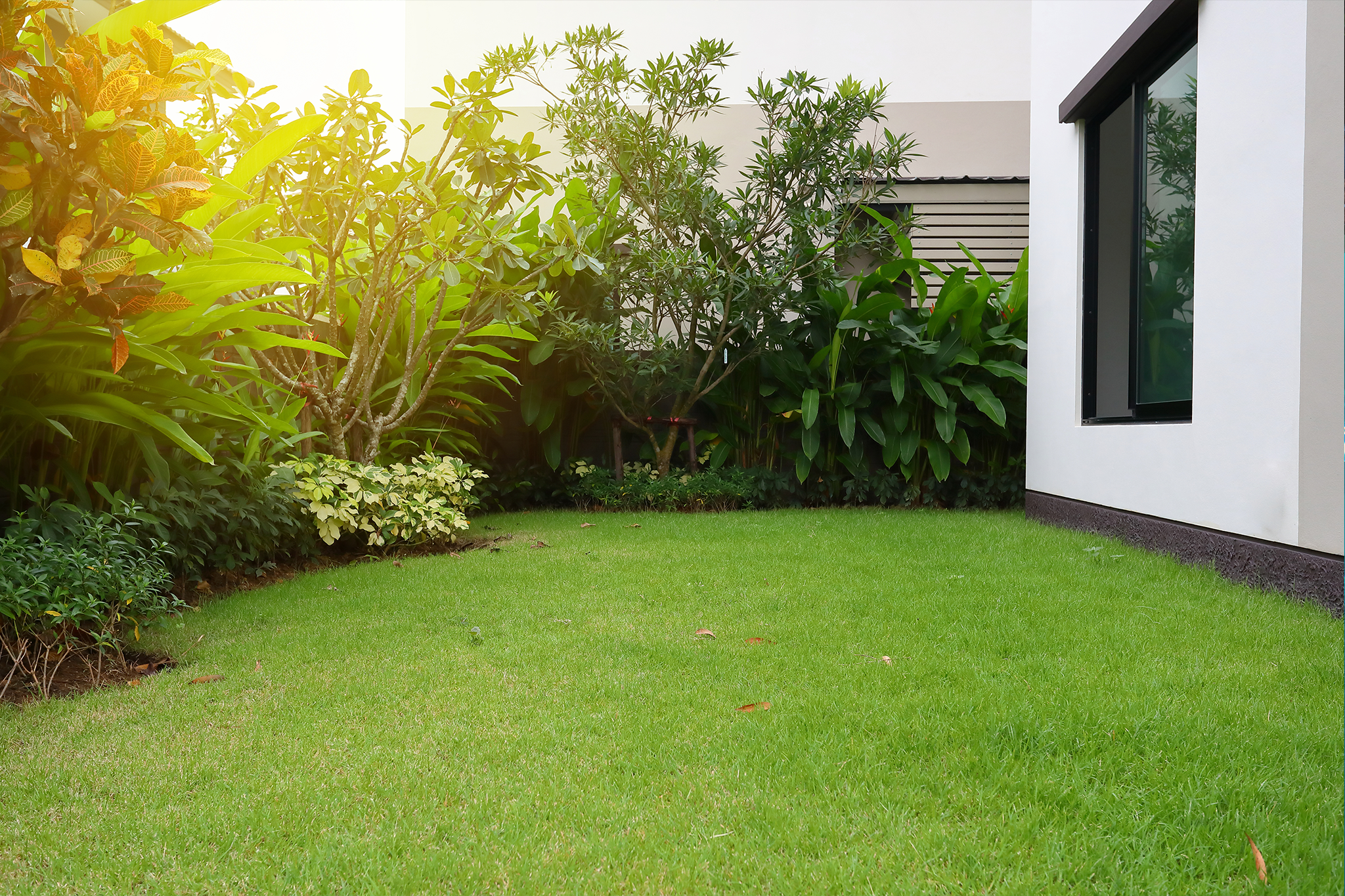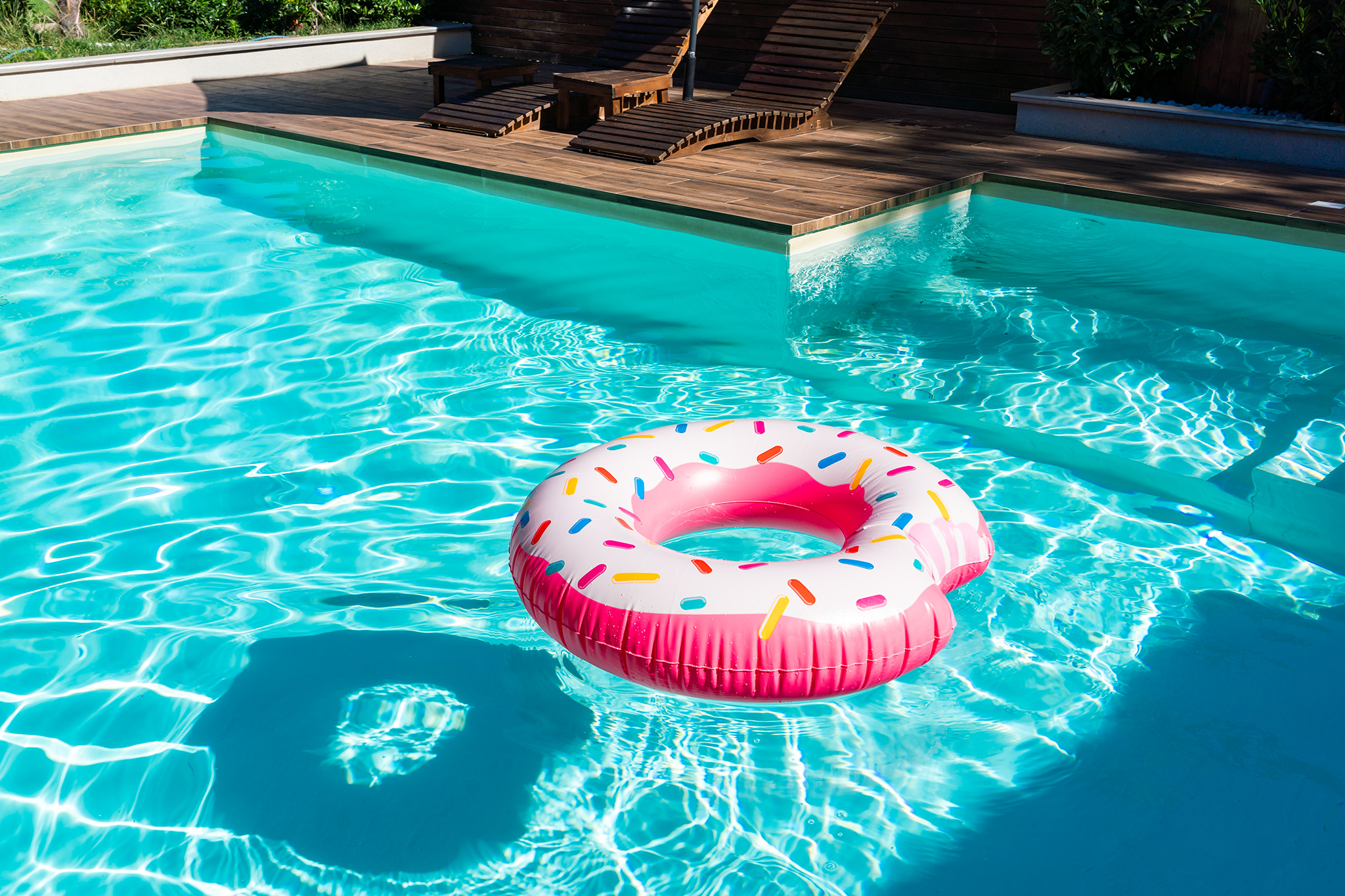

Energy efficiency – how to save costs and reduce your carbon footprint
With prices steadily increasing across every industry, many Australians are being forced to become more conscious of their spending. While it’s easier to cut certain things out, like that daily beer at the pub, you might be less sure of how you can decrease costs at home. Now, if you’ve read any of our previous blogs, then you know us by now and we can’t pretend that we’re the kind of people who could survive without electricity. Because we’re not. Sadly for us, electricity can be expensive and it’s certainly no friend to the environment. So, for all the 21st century kids that might be reading this, we’ve gathered up some handy tips on easy ways to keep your electricity bill down.
Use ceiling fans
While air-conditioners are more effective in cooling a room than ceiling fans, air conditioners use significantly more electricity, require more maintenance and are more prone to break or malfunction. Also, many people don’t know that in winter, most ceiling fans can be run in reverse to help circulate warm air and reduce the costs of heating a room using other appliances.
Use cost-effective light bulbs
If you haven’t already, make the switch to cost-effective LED light bulbs. Energy efficient light bulbs use less power and last longer than standard light bulbs, and have been shown to reduce lighting costs by up to 80%! BRB we’re going to Bunnings!
Unplug appliances regularly
Did you know that appliances continue to use power even when you’re not using them? To save power, switch off appliances (like your microwave or phone charger) at the power point when you finish using them or when you leave the house. Just remember to turn your phone charger back on when you plug your phone in again. We’ve all experienced the pain of realising our phone hasn’t been charging for the past three hours. If you keep forgetting to flick power points off, then consider getting a smart power board. Smart power boards are cleverly designed to detect when a device is not being used and will cut electricity to that device without affecting any other plugged-in devices.
Keep doors and curtains closed
It might seem obvious, but closing doors and curtains will help to regulate the temperature inside your home, meaning you’ll have less need for air conditioners and heaters. Installing external blinds to areas more prone to sun exposure will also help to keep your home nice and cool. If you continue to have trouble managing the temperature of certain rooms in your home, consider draught proofing. This involves blocking up unwanted gaps that let air flow in and out. Although small amounts of air may seem insignificant, you’d be surprised at how much reducing air leakage can save energy costs.
Insulate your roof
Effective insulation can result in considerable energy saving costs by better maintaining the temperature in your home year-round. Sustainability Victoria describes insulation as the most important way to reduce heat loss in winter and heat gain in summer. Naturally, insulation is easier to install when building a home, but it can nevertheless be added to existing homes without the need for significant renovations.
Install solar panels
Solar panels can not only save costs with respect to electricity bills but can also significantly reduce your carbon footprint. You might also consider installing a solar energy hot water system to decrease gas or electricity use. WA currently offers a solar panel rebate which can notably reduce the cost of solar panels. Further, the effectiveness of solar panels is higher in WA than in many other States due to the amount of sunshine we experience here.
Final tips…
This blog details a few of the many things that you can do to reduce your energy use and lower the cost of your electricity bill. Developing energy saving habits will also help to reduce your carbon footprint, something that has become extremely important today. If you’re after more handy hints, check out Synergy’s energy saving suggestions here. If you’re planning to build a new home and would like some suggestions on energy efficiency, get in touch with us today!



